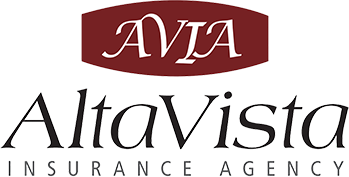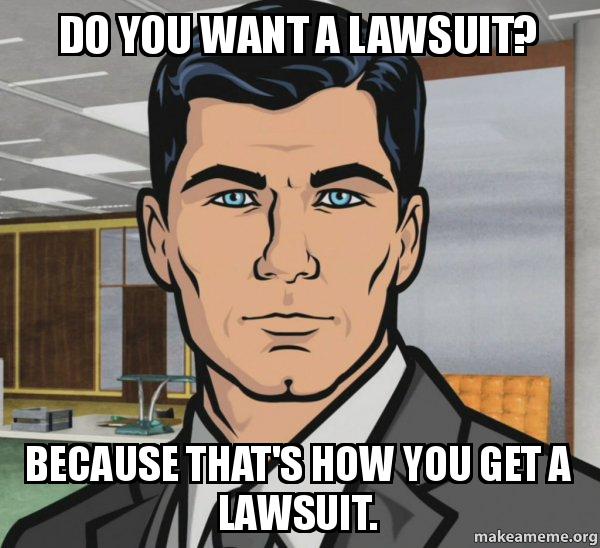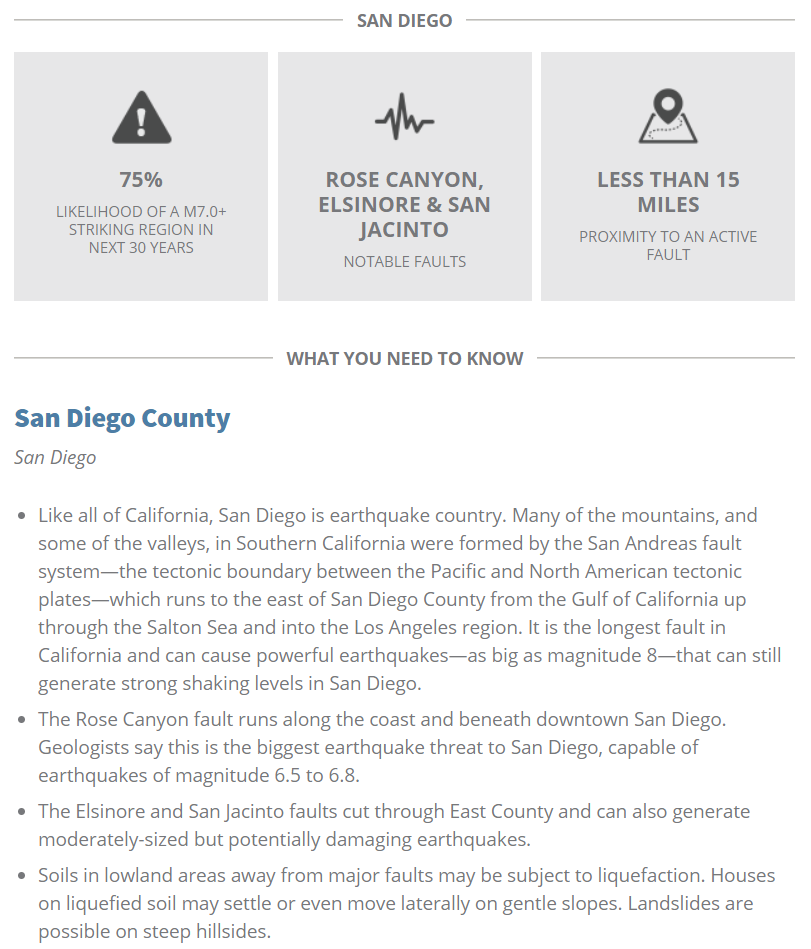COVID-19 Relief and CARES Act Bulletin
In this challenging situation, we remain committed to our clients and doing everything we can to keep the lines of communication open. This is our first blog post about the coronavirus which includes a summary of resources to help our clients and local Southern California business owners navigate through these uncharted waters. There has been a ton of information that has been provided by many credible sources. We collected some of the top resources here for you to access. Here is some basic information on the Coronavirus Aid, Relief, and Economic Security Act (CARES Act) signed into law on March 27, 2020. There’s also some new tax aids. We’ve provided some links for business aid loans through SBA and San Diego County.
Download The Small Business Owners Guide to the CARES Act provided by the US Small Business Administration.
California Department of Insurance Bulletin April 3, 2020
Extension of Policyholder Deadlines that Impact Claims or Coverage Due to the current State of Emergency Caused by the Coronavirus (COVID-19) Outbreak
Stimulus Checks
The Act has provided for certain middle to low income taxpayers to receive $1,200 per adult person and $500 per child (under 17). The key factor in determining whether you qualify for the check is what your adjusted gross income (AGI) on your household’s tax return. This is line 7 on your 2018 form 1040 and line 8b on your 2019 form 1040. The limits are based on this AGI:
Single Filer $75,000-$99,000
Married $150,000-$198,000
Head Of Household $112,500-$148,500
To receive a payment, there is generally no action you must take. As long as you have a valid social security number, the IRS will calculate your allotted stimulus check amount. You do not have to have filed your 2019 tax return yet. If there is no 2019 return, the IRS will go to 2018 filing. If you do not qualify based on 2018 or 2019 income but will in 2020, then you will receive the money as a credit when you file your 2020 return. If you end up making too much in 2020, then you will pay it back on your 2020 tax return. This money is an upfront credit. It is NOT taxable. All dependent children under 17 will earn the $500 no matter what your income level as parents is. Dependent children over 16 will not receive any money. The IRS estimates the checks to go out in 3-4 weeks. Taxpayers with a bank account on file with the IRS will have their checks automatically deposited. Others will have checks mailed to them.
See this Stimulus Calculator to see what amount, if any, you will receive.
San Diego County Rent Forgiveness:
Some local businesses can ask for rent relief. Please see
the site below to see if you qualify.
Small Business Guidance and Loan Resources
Phase II Relief Programs for Business Owners
This loan program through the SBA is for small businesses affected by the coronavirus in presidential and SBA declared disaster areas. This program provides loans up to $2,000,000 with 3.75% interest rates for profit businesses. Businesses can get loans to pay for payroll costs, accounts payable, rents, and other fixed debts. Customer Service number is 800-659-2955.
Apply directly to https://disasterloan.sba.gov/ela and select Economic Injury as your reason.
Phase III Relief Programs Small Business Interruption Loans
NOTE: If you received a Phase II loan it may make you ineligible for this
This is a forgivable loan program through SBA 7(a) lenders. Eligible businesses (including sole proprietors and self-employed) with less than 500 employees. The business MUST have been substantially affected by COVID-19. The program will loan the lesser of $10 million or 2.5 of average total monthly payments (payroll, rent and debt) over the last year period. The money from the loan may be used for employee salaries, payroll support (up to $100,000 per employee) including costs related to health care benefits and sick and family leave, rent or mortgage payments, utilities and debt obligations incurred before the loan. This loan is eligible for forgiveness (which will not be taxable) if the employer maintains continued payroll and other allowable costs for a covered period. In order to apply for this loan, please consult the banker in which your business has a relationship. The SBA will be overloaded and is reaching out to have banks help them through this process.
Other CARES Act Tax Incentives
Retirement Accounts:
- If you are under 59 and a half you may withdraw up to $100,000 from your retirement plan or IRA without the 10% withdrawal penalty. You may put the monies back before year end for no tax consequences.
- You can also borrow double the amount (up to $100,000) from your retirement accounts or 401k.
- Retirees can waive their required minimum distributions for 2020 so as not to take money out of the market.
Tax Credits:
Small businesses who pay employees sick leave for two weeks for quarantine or sick family member or children at home due to school closings or up to 3 months of family or medical leave for the same reasons. Contact your payroll service for the coding for this.
Payroll Tax Deferral:
If your business did not take advantage of the forgivable loan packages mentioned above, then you are eligible to delay payment of payroll taxes. (50% in December 2020 and 50% in December 2021)
Charitable Contributions:
There are 2 significant changes here. If you are a taxpayer that does not itemize, you may in 2020 get up to $300 deduction “above the line” plus your standard deduction. If you itemize the charitable contribution limits will be waived as long as it a direct gift to the charity.
Student Loan Payments:
Any federal student loan payments are suspended without further interest accrual until September 30, 2020.
Resource: Katherine M Thompson, CPA and Richard Dally CPA, Dennis & Dennis LLP Phone (858)487-7232 Kathythompson@dennisanddennis.com










































